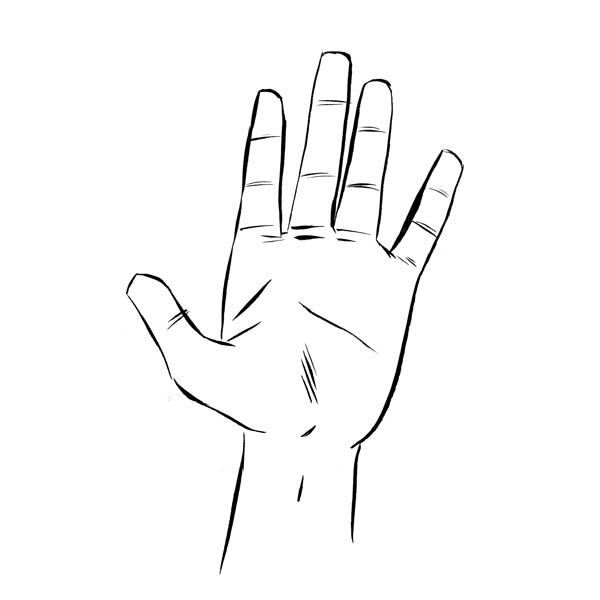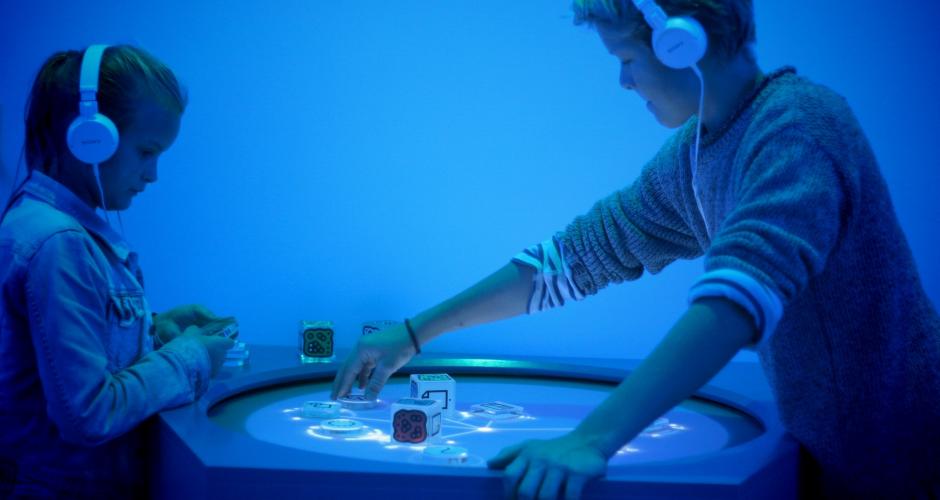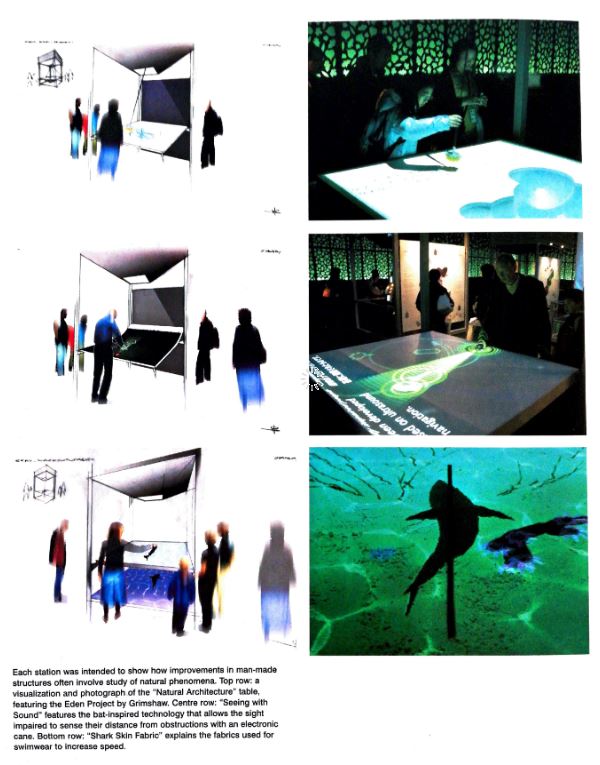Appraising the visitors by the use of interaction through films, sounds and materials
What is the engagement and what are the different types of visitor’s content apprehension ?
Engagement is the process of addressing a visitor directly by stimulating them and create positive memories or give new insights. For this to happens the designer has to make sure that he adresses all the target groups. The diverse audiences can be classified depending on the length of the visit (short, medium, long) or by the different interests and knowledges they have :
- The expert : it’s a specialist, with a lot of knowledge around the topic. He often wants to sit and have specific informations to pursue his researches.
- Frequent traveller : He has a reasonable foundation of knowledge and a general curiosity and is aware of museums.
- The scout : he wants to travel freely in the space and have its own path to see the top layer informations. The challenge for the designer is to help him have a big picture without confusion.
- The orienter : someone who has been here thanks to someone else or who doesn’t have any knowledge about the topic. He doesn’t know what to look for so is looking for something meaningful to them. Often children [1].

Falk’s different types of visitors [2]. To see which type of visitor you are go on this page : https://jewishmuseummd.org/intern-weekly-response-identity-and-the-museum-visitor-experience/
Depending of the type of museum, the visitor can go through different types of interaction and content :
- Comprehension : History and natural science are more likely to feature contextual or thematic exhibitions where the artifacts, specimens or other objects on display are not intended to be studied as individual objects but related to each others. Graphics may be multilayered and combine words and images to aid visitor comprehension. The visitor is more actively engaged in the process of making relationships, studying tje graphics and labels as well as relating or comparing the objects to one another.

- Discovery : An other mean of visitor engagement is the one in which the visitor explores a range of specimens appreciating individual examples. This is found in many natural history museums that have adapted visible storage means of display.

- Interaction : the most kinesthetically involving mode of visitor apprehension is the one favored by many science centers and children’s museums ; in which staff, volunteers, exhibition apparatus or duplicate specimens identified as hands on Education Collection may be used to elicit a visitor response that triggers the transformative visitor experience, the discovery of meanings that affects the visitor’s values, interests, or attitude

Where is there interactivity in museums ?
Digital and multimedia techniques are currently providing more ways in which a museum can be participatory. Interactivity in museums can be found through materials, electronic devices, interactive displays, films and sounds. The museum experience becomes a high controlled environment with multi media and multi sensorial stimulis, immersing the visitor in the themes and contents of the exhibition.
In order to be efficient, there are several things to take in account when designing interaction for exhibitions.
For all interactives, visitors need to gain an idea of what they are interacting with, what is does and how it works in as short a time as possible, so approachability is important.
Visitors have limited time and patience for exploring and expending mental effort on an exhibit. There has to be some kind of reassuring feedback within seconds of the visitor beginning to use an interaction, so that he or she can see that their actions have had an effect.
If a new interface is introduced, this should be done consistently. The controls either have to be consistent with the way things are already done, and therefore rely on the visitor’s previous experience to help him or her to know what to do. It is also important to consider that some interfaces are intuitive to use, and call for learning whereas other are not [3].

Benefits of sound and films :
Moderne audiences have become accustomed to ambient sound and moving images. Exhibitors are increasingly aware of the diverse learning styles of the visiting public. Many visitors are reluctant to read labels and many are primarily driven by visual and aural stimuli. For them, film and sound are the preferred means of engaging with a subject. Increasingly, film, video and sound are used as scenographic elements in an exhibition theme, as part of an overall immersive environment.

Designers use every tool available to create a total display that communicates the storyline throught every element : light, materials, moving images, and sound. Projections or videos are often used to create a visual backdrop that overwhelms the senses of visitors and immerses them in the subject of the display. Powerful images and ambient sound effectively isolate visitors and draw their attention to a particular theme or idea. Overwhelming them with images, sounds, smells and textures forces them to engage directly with exhibition and its theme. This approach which is common to art installations as well as exhibitions often involves interactives devices.

Devices such as acoustic guides, pda (personal digital assistants) sound booths and kiosks are useful additions to any exhibition and are important in enabling the visitors with different learning styles (auditory) to engage with its subject. But there are number of limitating factors that the designer must take in account when designing the experience, and the help of specialists is requiered.

Materials :
The designer must consider a lot of things when deciding on which materials he will put on an exhibition, especially when for childrens. They must evaluate their fire rating, durability an whether they are suitable for a specific purpose. In addition to fire retardancy, and a material’s aesthetic properies, the designer must check its durability, order times, price, sheet sizes, ease of maintenance and assembly time and the skills of the contractors involved.

In reality, many designers develop a palette of materials they use consistently, introducing new ones cautiously and only when they are sure they will perform. A sample board, materials glued to a board is useful to show the range of materials used for each different aspect of an exhibition and is often shown to the client as part of a design presentation. It allows the designer to make minute adjustments to colours and finishes to ensure a good result.

In many cases, the materials that are chosen will last for the duration of just one exhibition. Howevber in the light of green design imperatives, materials that can easily be reused for future shows are preferred. Particularly for commercial exhibitors, it is essential that colours and textures are consistent with the visual identity of the company, and that finishes are consistent with its branding material.
For museum displays some materials particularly those used inside showcases are tested for conservation purpose. A toxic glue that fixes a laminate or a painted surface might be a potential source of pollutants that can accelerate the deterioriation of sensitive artifacts.
Technical drawing and implementation of the exhibition
The models, sketches and drawing are important means of showing a coherent design strategy and to discuss and share important ideas with the client. At the end of the discussion the designer has to turn the provisional drawings into technical drawings that can be read by contractors and suppliers and provide the information for the final built project.
For each part of the exhibit, the designer produces drawings at different scales starting with the largest which show the overall site and how the built project will fit in. hese drawings are collected, numbered and given titles. It should include measures perspective and any technical details.

Technical drawings for exhibitions are similar to those produced by architects and interior designers. With all exhibition drawings, figures superimposed on section drawings speak very eloquently about the relationship of the exhibits to visitors. Drawing of a range of visitors interacting with displays helps to determine the correct height for display panels, controls, buttons, screens and other interactions points.

Drawing for interaction devices often need to show the exhibit or display in a number of modes to make clear how the user interacts with it and what changes are triggered by the interaction. This may also be specified in words on the drawings, detailing the stages in an interaction and the intended visitor experience.
Before a completed design is handed over, the designer produces a checklist, called a snagging list which highlights snags or construction defects. Then the last step of the exhibition can go with the assembly of all the contents of the exhibition.
Sources :
[1] Exhibition design, David Dernie
[2] https://www.researchgate.net/figure/Figure-8-Falks-visitors-categories-Sources-Adapted-from-Falk-J-2004_fig2_323987626
[3] Exhibition design, Philip Hughes
[4] https://www.wmot.org/post/tune-your-audio-awareness-new-adventure-science-center-exhibit#stream/0
[5] https://www.berlin-welcomecard.de/de/partner/digitarium-das-gamesciencecenter
[6] https://materio.com/